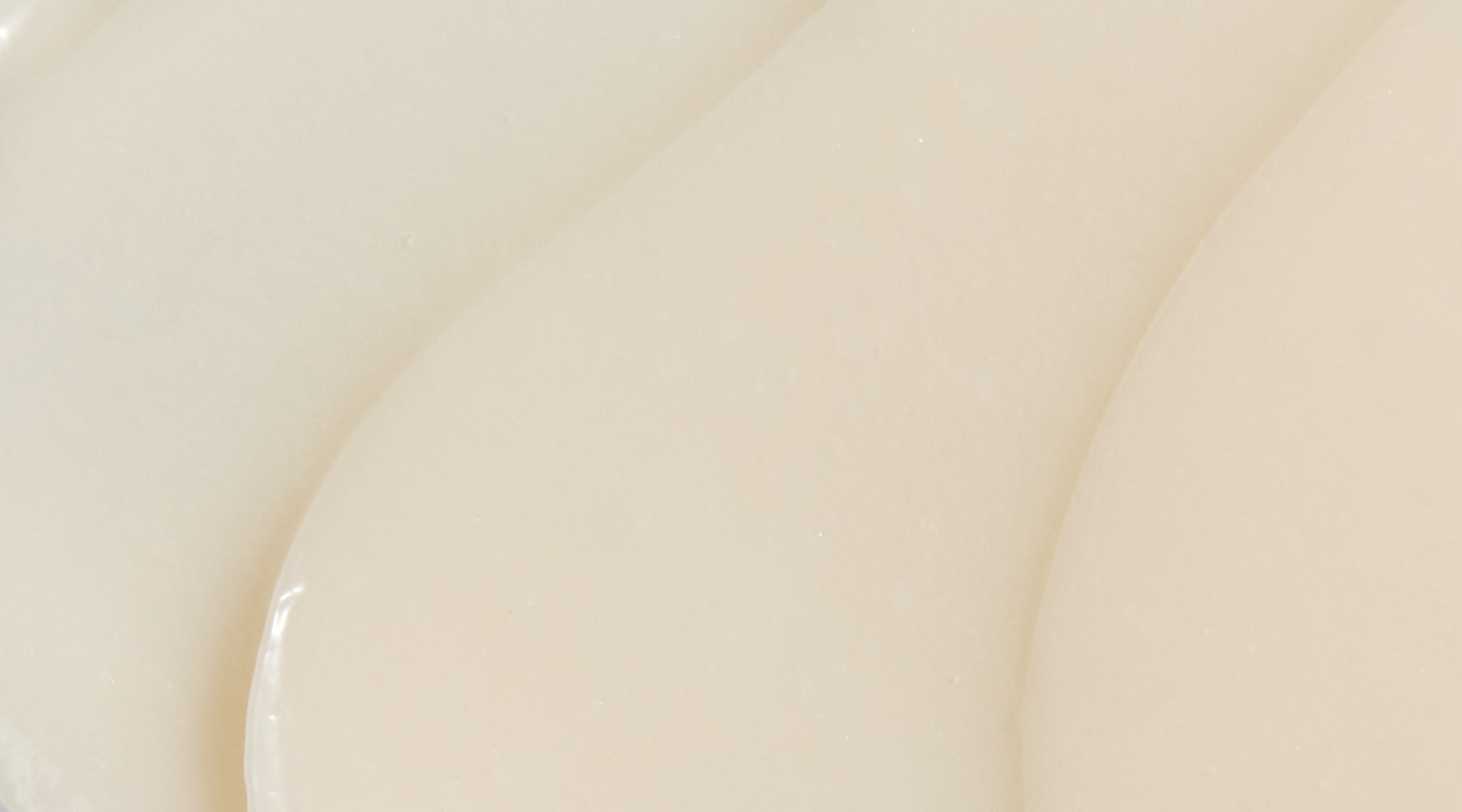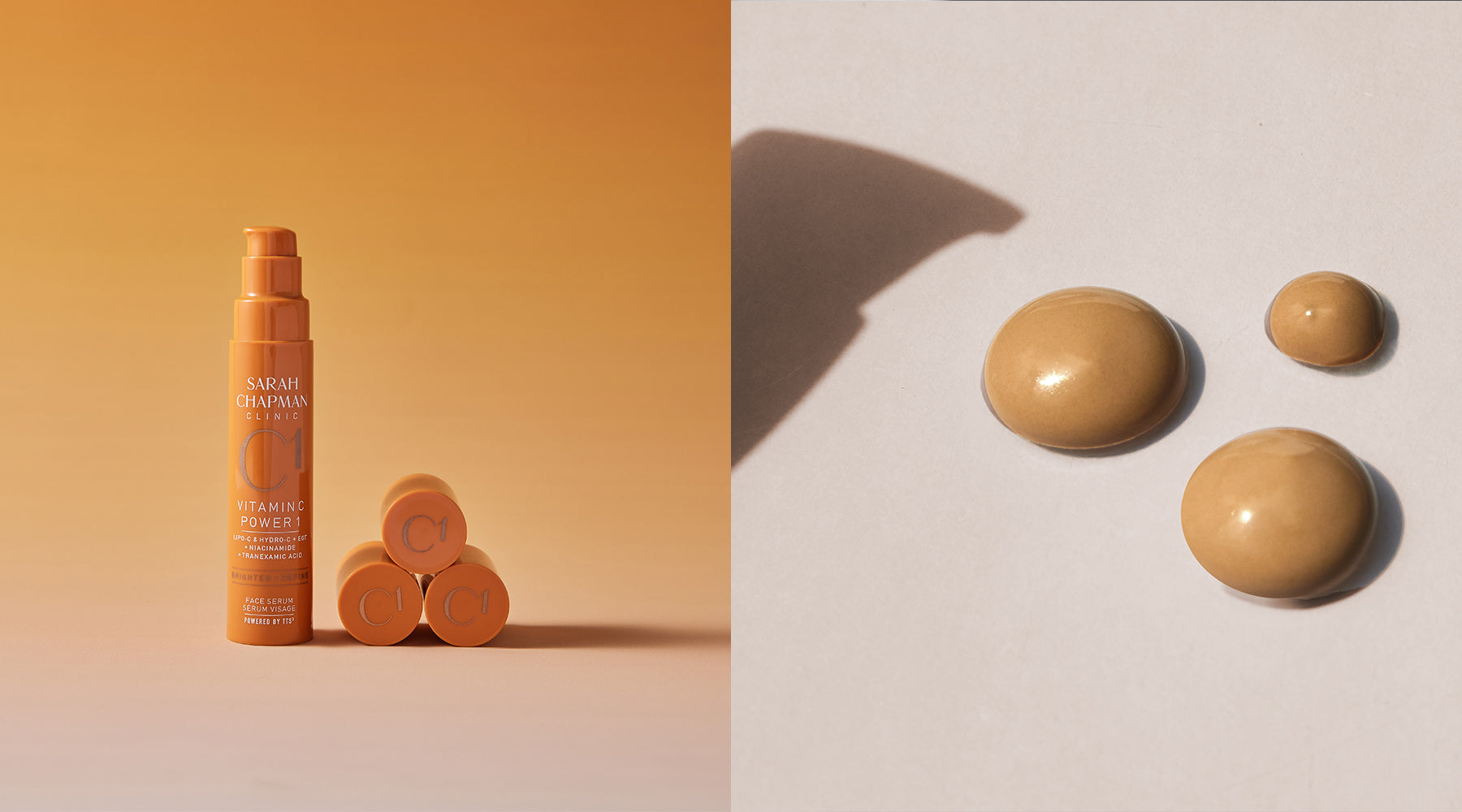
The Science Behind TTS³: Why Formula Performance Matters
Sensitive skin is on the rise. According to recent studies, approximately 50-70% of adults report having some degree of skin sensitivity.**
The most common symptoms? Itchiness, redness and dryness.
While it’s out of our hands to control many of the factors that have led to this phenomenon – from today’s high pollution levels to the stress of modern living – we knew we could make a difference by doing what we do best: effective, cutting-edge and well-tolerated skincare. Skincare that’s easy to use and meticulously calibrated to protect and strengthen the skin barrier from damage and disruption.
Noticing this increase in cases of skin sensitivity in her own Chelsea clinic – most of them caused by the misuse of powerful actives like Retinol (vitamin A) and vitamin C, with clients using too much too soon or combining the wrong ingredients – our founder and product formulator, Sarah Chapman, worked to optimise formula performance through three advanced technologies, creating our innovative Triple Technology System, known as TTS³.
Sarah’s goal? To rethink formula performance and boost efficacy without simply dialling up the percentage of actives, which can often lead to irritation and damage the skin’s important barrier function – one of the top causes of skin sensitivity.
Think Formula Performance, Not Ingredient Percentage
Traditionally, the strength of a formula has been directly proportional to the concentrations of its actives. For instance, if you’re a beginner shopping for low-strength Retinol, you’d look at products with 0.01% to 0.03% Retinol, while the ideal concentration for a more advanced user would be somewhere between 0.04% and 1%. These percentages are not the same across all active ingredients, however; vitamin C has its own ‘strength chart’, for instance.
While this transparency regarding ingredient concentration has seemingly given skincare users more control over their routines, it has also led to a lot of confusion. And we’ve seen first-hand the damaging effects of the latter.
In reality, the efficacy of a formula depends on myriad other factors – from pH and emulsion to ingredient penetration – not just ingredient percentage levels, and with TTS³, we’ve been able to optimise these elements while protecting the skin barrier from disruption and serious irritation.
How have we achieved that? Read on to find out.
Bioavailable Deep Delivery System
One of the technologies that make up TTS³ is a Deep Delivery System – an advanced method of biomimetic encapsulation adapted from the medical world to dermo-cosmetics.
Compared to standard formulations, where active ingredients are applied ‘freely’, this smart technology delivers up to 12x more actives to the interior of the skin, protecting them from traditional degradation and loss of power as they travel through the epidermis. This, in turn, makes them up to 20x more effective.
You see, a standard free-form active starts to degrade from the moment it's first applied to the skin, losing elements and power as it journeys through the skin. This is why a higher percentage of actives is needed to ensure the available remaining amount is delivered and effective – but this, of course, comes with the added risk of increasing surface irritation.
With TTS³’s Deep Delivery System, you can be sure that the hero actives in a formula are actually being used by your skin cells – also known as formula bioavailability – helping you achieve the results you want.

Biomimetic Lamellar Emulsion
To further improve ingredient penetration, TTS³ harnesses a biomimetic base that acts like a second skin. Its technical term is ‘lamellar liquid crystal emulsion’.
Boasting a natural affinity with the skin that sets it apart from conventional emulsions, this technological base not only helps ingredients effectively (and safely) penetrate the stratum corneum, but also improves formula stability and gives the final product a smooth, pleasing texture.
Another added benefit of this type of emulsion is its positive impact on the skin barrier. Since it respects the natural structure and ingenuity of the skin, TTS³’s lamellar base actually helps strengthen its barrier function, reducing loss of moisture (known as Transepidermal Water Loss) in the process.
This means formulas powered by TTS³ also help limit dehydration, which is ideal when using powerful actives like Retinol that can dry out the skin.

Power-Boosting Ingredient Synergy
The third technology in TTS³ is one you’re probably familiar with. To amplify the efficacy of hero actives like Retinol, Sodium Ascorbyl Phosphate (vitamin C derivative) and Niacinamide, we turned to the science of ‘ingredient synergy’, combining them with ingredients that naturally boost and prolong their effects on the skin.
Take, for example, the pairing of vitamin C and EGT Amino Acid in our C1 serum. Studies have shown that EGT has the unique ability to ‘recycle’ ascorbic acid (pure vitamin C), enhancing its effects on the skin.
The relationship between these two ingredients may be complex, but it has offered a simple alternative to boosting the concentration of vitamin C in a formula, which, as previously stated, can lead to higher risks of irritation.
Smart, Streamlined, Skin-Friendly Formulas
Together, these three technologies offer myriad benefits to your skin, allowing us to deliver clinically active ingredients in easy-to-use, safe, well-tolerated, results-driven effective formulas – the basis of our new Sarah Chapman Clinic solutions.
- Up to 12x more actives are delivered to the interior of the skin without compromising the skin barrier;
- Actives are up to 20x more effective than those in standard formulations;
- Skin barrier is reinforced for greater protection against irritants and aggressors as well as improved hydration;
- Formulas have a natural affinity with the skin and boast a refreshing gel-like texture that’s traceless on the skin;
- You don’t have to navigate confusing percentage levels to elevate your routine.
Looking to experience this innovative system? You can find all TTS³-powered solutions here.
- *Results based on an independent user trial over the course of 4 weeks
- **https://www.ncbi.nlm.nih.gov/pmc/articles/PMC6533878/






